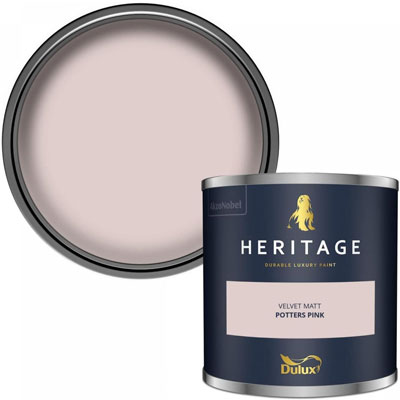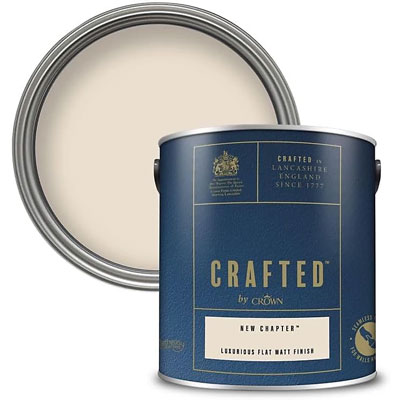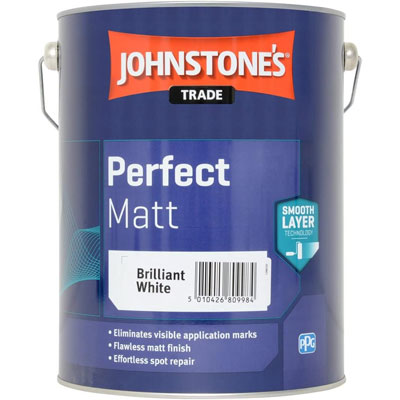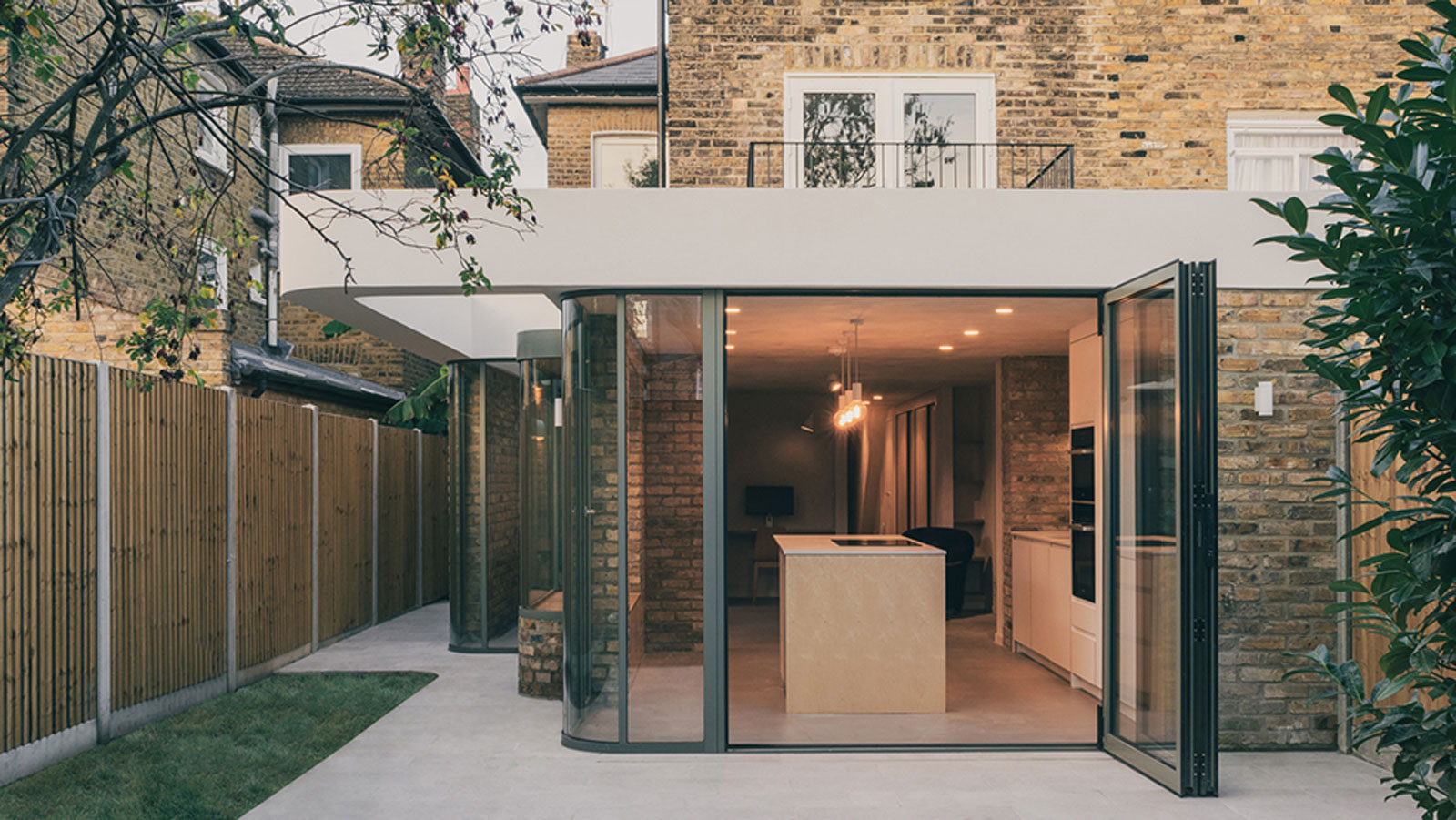Why is some paint so expensive — and is it actually any better? Why the answer is often 'yes'
There is a significant price gap between premium paints and retail equivalents – but is it worth paying the extra to get a better finish, or is there little difference? We asked the experts
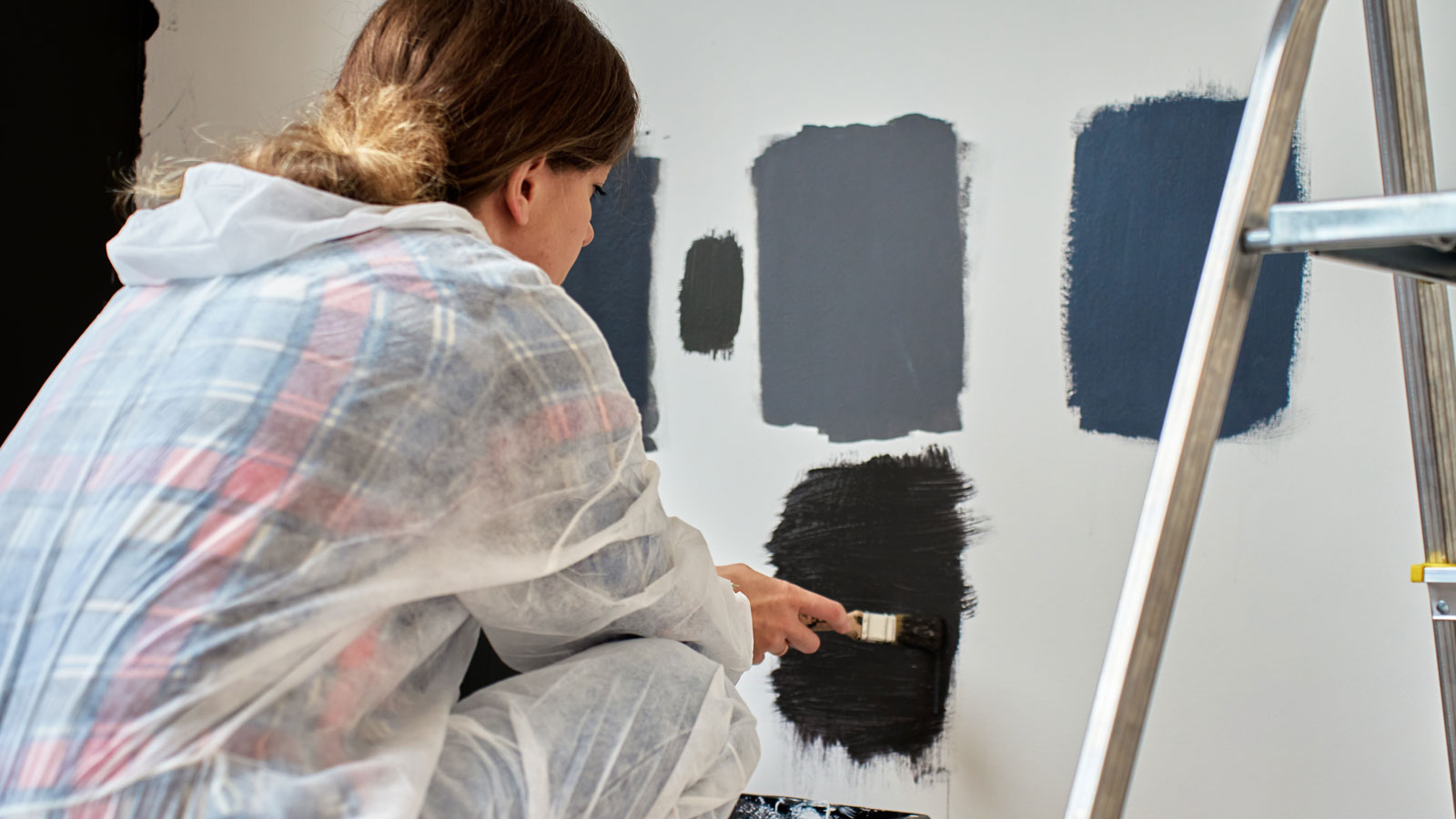
After a recent visit to our local decorating warehouse, on a mission to buy paint to turn my daughter's teenage bedroom ideas into a reality, I was more surprised than ever at the significant price gap between top-of-the range 'designer' brand paints and the retail equivalents.
Not wanting to sound mean, but the idea of spending hundreds of pounds painting the walls of a room that will, in all likelihood, end up getting spritzed with perfume and hair oils, smeared with the odd blob of leftover moisturiser and scraped by shoes, jewelry and accessories during rushed exits out of the door, is not overly appealing.
That said, I know from past experiences that buying cheap-as-chips paint can mean having to applying coat upon coat to achieve a good finish, plus some have faded alarmingly quickly.
To help me resolve the dilemma, I reached out to some of the top experts in the field to find out why designer paints cost so much more. Is it worth spending extra, or should I save my pennies and spend them on other aspects of the project?
Retail, trade and designer paints – what's the difference?
Even as a homes and interiors writer, I'll admit to feeling really daunted when it comes to choosing from the many types of paint on offer – there is just such an enormous range, and understanding exactly what you are looking at is confusing. It helped for me to realise there are three main categories of paint: retail, trade and designer.
'The paint market in the UK is split into three main sections,' picks up professional painter and decorator Mike Gregory who advises for The Decorators Forum UK. 'You have retail paint, which is made from cheap materials and sold on mass to homeowners. You have trade paint, which is slightly more expensive and made from better quality materials but is still competitively priced. Then you have the luxury designer paint products that come with a premium price tag and a big fanfare.
'The difference in retail paint vs trade paint is quite significant and it’s important to know what you’re buying,' continue Mike. 'The way a paint manufacturer designs a product is by first looking at the target audience, working out the cost a tin of paint should be for a retailer to sell a high volume, then produce the best product they can for that budget. Retail paint is made for the DIY market. The paint is of a lower quality, made from cheaper materials and sold to people who don’t really know the difference.
Bring your dream home to life with expert advice, how to guides and design inspiration. Sign up for our newsletter and get two free tickets to a Homebuilding & Renovating Show near you.
'Trade paint, the type you find at trade counters, is made for the professional decorator. The paint may cost a lot more, however it is made from better quality materials and the product will perform to a higher level.
'Designer paint is far more expensive than trade,' adds Mike. 'Is it worth it? In most cases, yes. As a sweeping statement, the luxury products tend to be good quality.'
For reference, lets compare the three price points for a 2.5 tin of white paint. B&Q's own brand, GoodHome Brilliant White Vinyl Matt Wall & Ceiling Emulsion paint costs £12, Dulux Trade Diamond Pure brilliant White Matt Wall & Ceiling Emulsion paint costs £35 while No. 2005 All White Modern Emulsion from Farrow & Ball costs £63.

Mike is a professional painter and decorator who works in the Northwest of England. He mainly sub-contracts for large decorating firms and works on a wide variety of projects. These include commercial, domestic, and new build houses.
Why are designer paints more expensive?
All the experts I spoke to were in agreement that premium paints were worth the extra cost, but I still wanted to know why.
It seemed that the answer lay in the quality of the ingredients used and how much easier they make painting a room – not just the fancy packaging and clever colour names.
"Premium interior paints are much more likely to be formulated with higher quality ingredients versus their cheaper counterparts, resulting in better coverage, richer depth of colour, and enhanced durability," explains Ian Masonbury, brand director at Armourcoat. "The higher cost helps ensure a reliable, superior finish that requires fewer coats to achieve full coverage, and can last for years without the need to regularly repaint."
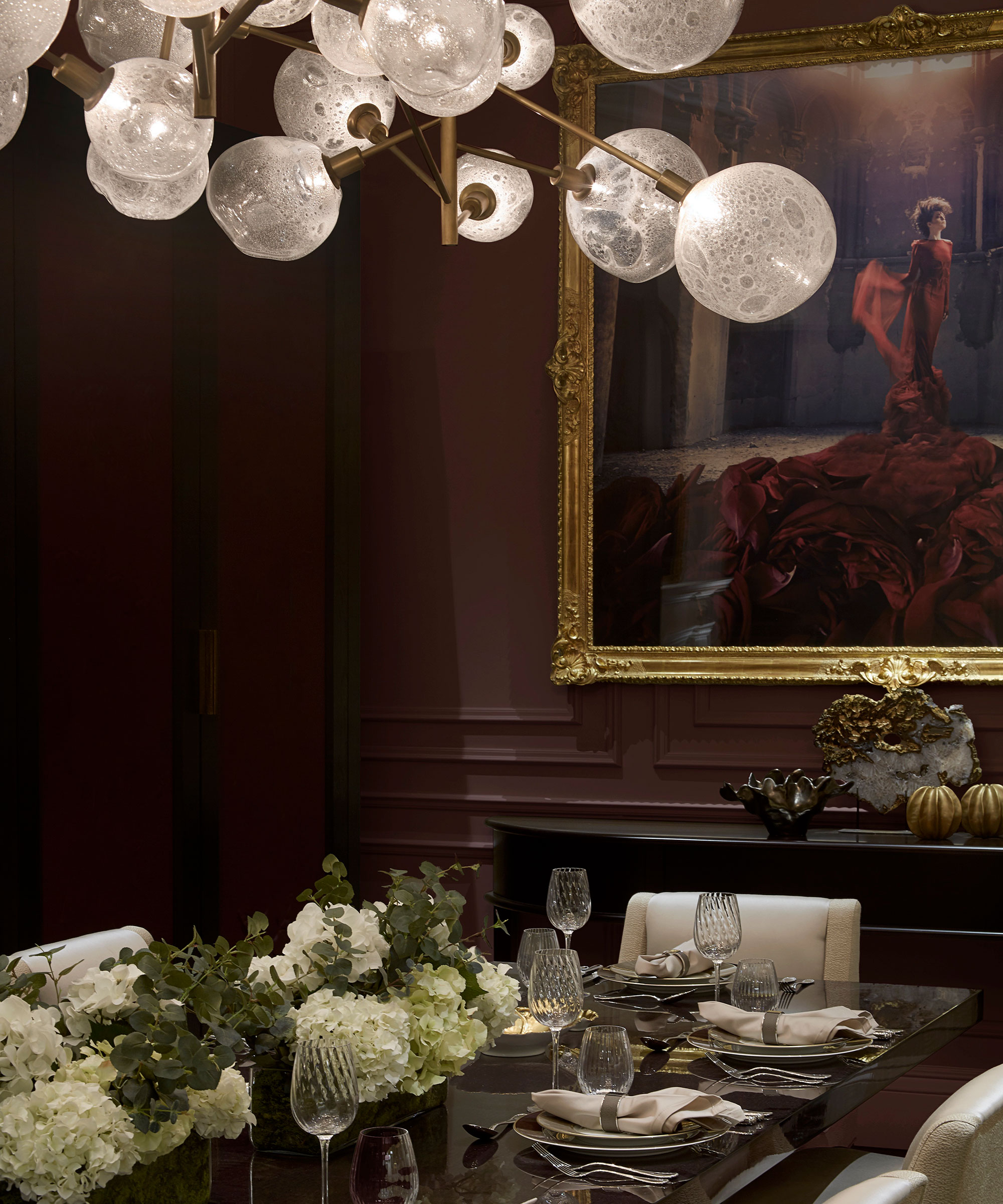

Ian has 15 years’ experience working with interior designers and architects on mineral-based paints and plasters. He’s passionate about colour and finishes.
Is expensive paint worth it?
What I really wanted to know was whether or not I would feel that the extra money I spent on the designer paint was, ultimately, worth it, both while I was physically painting a wall as well as a few months (or hopefully years) down the line.
"Premium paints typically contain a much higher pigment concentration and finer quality binders, which means the colour appears richer, more consistent, and more resistant to fading over time," explains interior designer Laura Hammett, founder of award winning interior architect and design studio Laura Hammett Living. "They also tend to have better coverage, so fewer coats are needed to achieve a flawless result."
According to Helen Shaw from Benjamin Moore, who offer both trade and premium paints, there are other benefits too, including a greater breadth of colour choice.
"Premium paints are ideal for consumers and interior designers, with Benjamin Moore’s range offering over 3,500 colours to choose from," she says. "Exclusive technologies such as our ‘Colour Lock’ deliver rich hues that resist fading over time. These paints deliver a higher level of premium pigment and binder, resulting in a better depth of colour. They have been designed to deliver superior flow and levelling, so brush and roller marks virtually disappear, leaving a flawless finish."
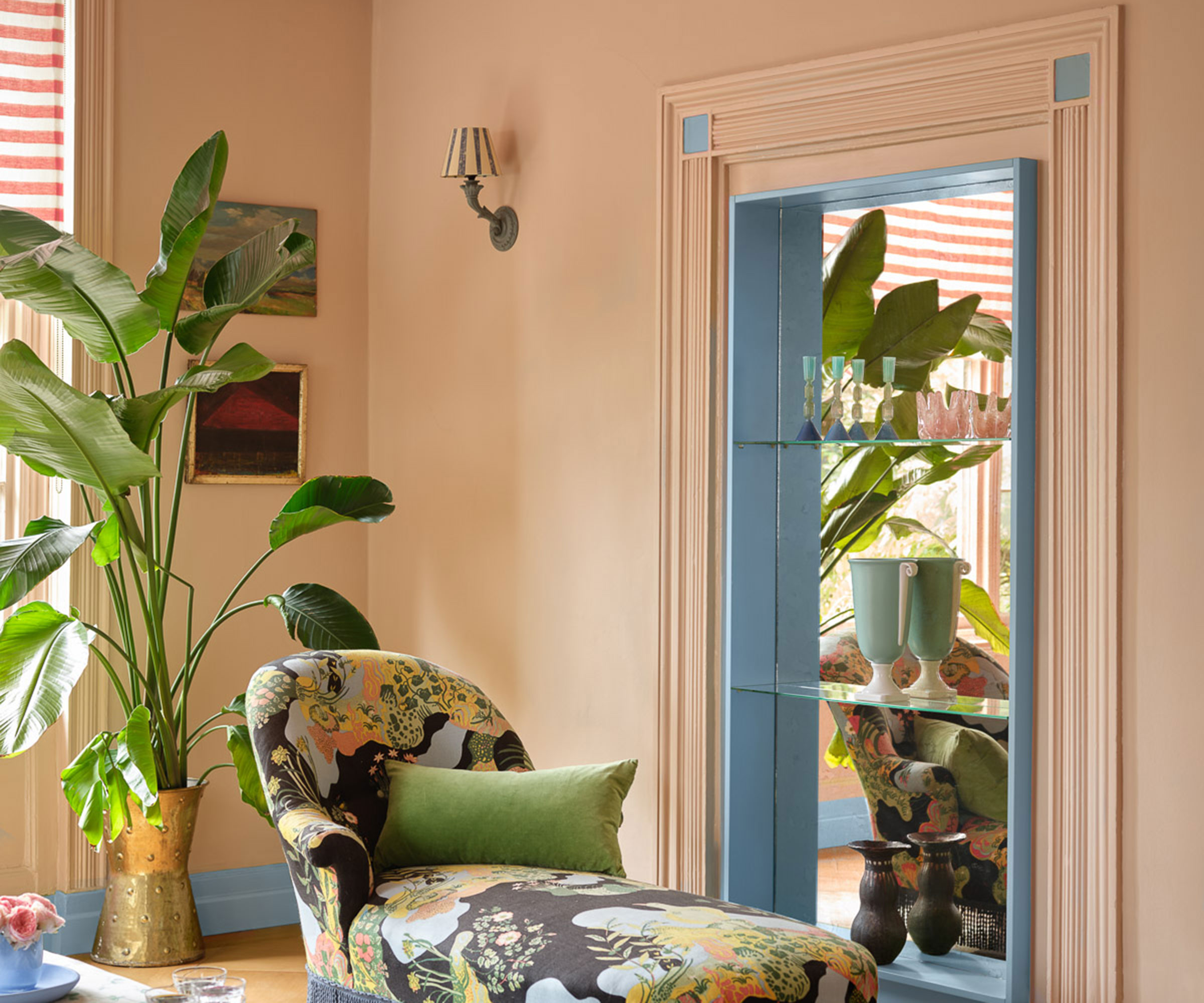
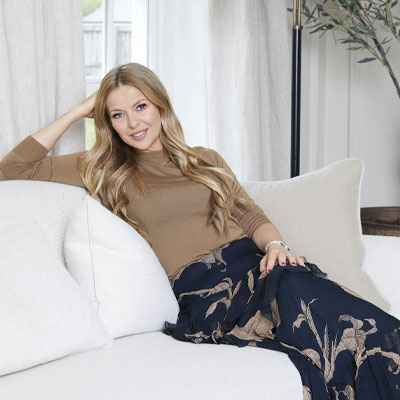
Renowned for her timeless, sophisticated interiors, luxury London interior designer and developer Laura Hammett believes that investing in well-considered, enduring tones is key to creating a home that not only feels beautiful but stands the test of time. Laura Hammett Living offers a luxurious homeware collection crafted with meticulous attention to detail and a refined aesthetic. Featuring exquisitely designed accessories, furniture and lighting, the collection recently expanded into wallpaper and paint, with a curated collection of 36 paint colours and three wallpaper designs.

Helen Shaw is part of Benjamin Moore's UK division. A colour expert and international marketing director, Helen is no stranger to the paint industry and benefits of colour, having also previously founded a paint company with her husband, Craig.
Is trade paint as good as designer?
Trade paint sits in the middle of the price range, between premium and retail, offering longevity and better application than retail.
"Some of the qualities that lack in retail paint vs trade paint are opacity, ease of use, discolouration over time, and durability," explains Mike Gregory. "Not just that, but trade paint will normally go further."
But how do they compare to premium paints and are they a better option for, say, children's bedroom design where durability might be more important than colour depth?
"We know most luxury designer brands are better quality than standard trade products, but don’t discount trade just yet," says Mike Gregory. "A few years ago, trade stepped up to the plate and started producing premium versions of their paint so they could compete with the luxury brands. Dulux have Heritage, Crown have Crafted, and Johnstone’s have Perfect Matt.
"Here we have three ranges from the three big trade brands in the UK. All premium quality, but without the fanfare that comes with the luxury designer brands," continues Mike. "When it comes to bang for your buck, these paints are a better option than the designer brands."
"Trade paints are designed for professional decorators who can be working in residential or commercial spaces," explains Helen Shaw. "They are specially formulated to deliver a quick drying, easy to spread, high opacity finish and can be applied efficiently over large surfaces, making them the perfect choice when a job is time critical. As they are often used in high traffic, commercial environments, trade formulas are designed to deliver an exceptionally high level of durability. For instance, our commercial lines, SCUFF-X and Ultra Spec 500, are perfect for anyone needing a tough, scuff resistant finish and will withstand repeated cleaning and washing."
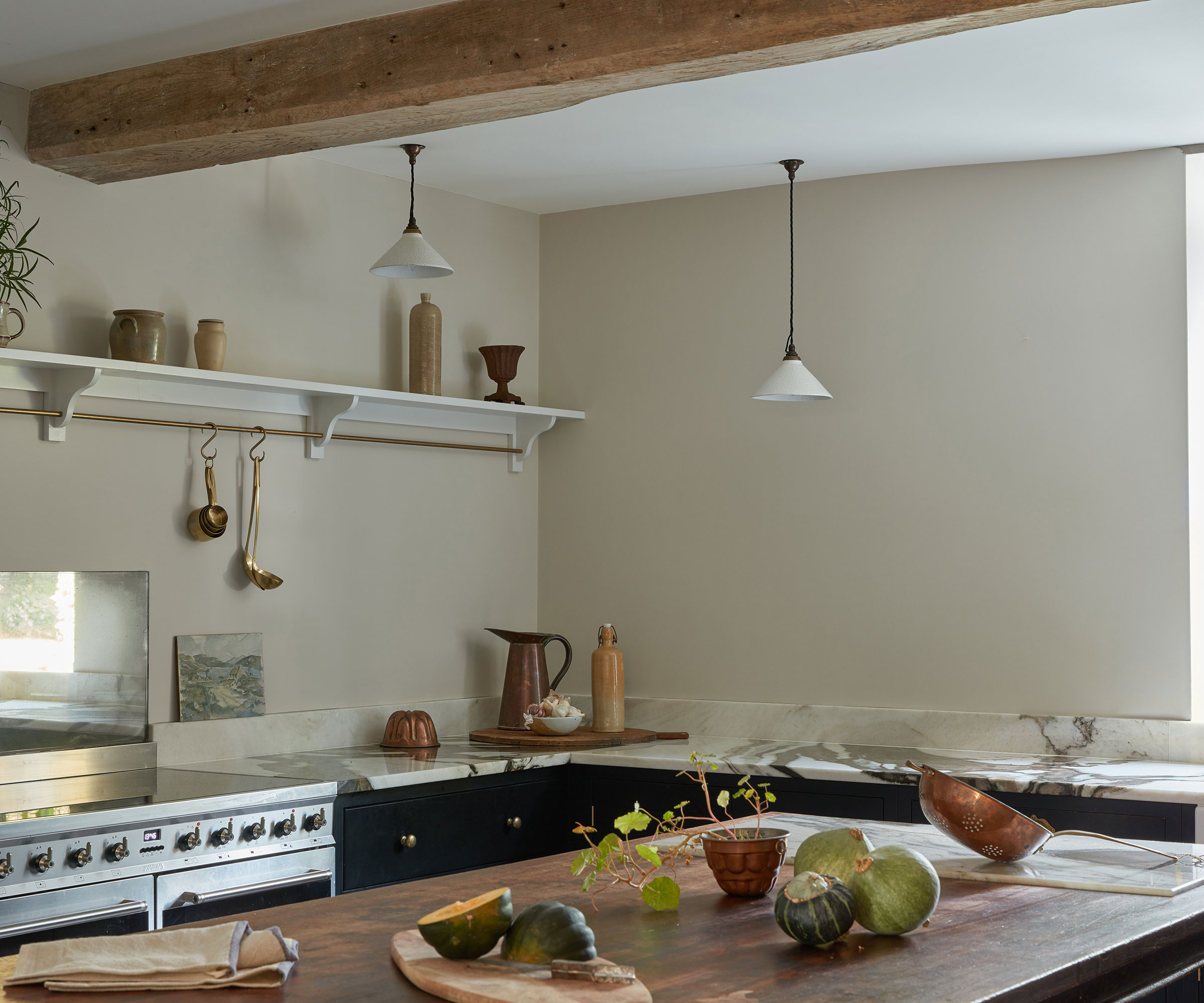
Shop trade paints
What did I end up choosing?
For reference, my daughter was keen on painting the bedroom walls a warm, vintage white. For the chimney breast she wanted a soft black, and we plan on adding some grid-style wall panelling too. After some back and forthing with various sample pots we eventually settled on the shades we liked.
We opted for Railings by Farrow & Ball, a beautiful soft black with just the tiniest hint of blue for the chimneybreast. For the warm white I lost count of the number of tester pots we got through, but eventually we fell in love with Marbles by Earthborn for the main walls, a really warm, vintage-inspired white. Earthborn paints are clay-based and give a beautiful, ultra matt, almost powdery finish.
I decided to opt for the real deal for the chimney breast, paying £33 for a 750ml tin of the Dead Flat finish. In a bid to save a little, we plumped for a trade paint, Albany Durable Matt, colour matched to the Earthborn shade, saving £20 in the process. Which, on reflection isn't a huge amount.
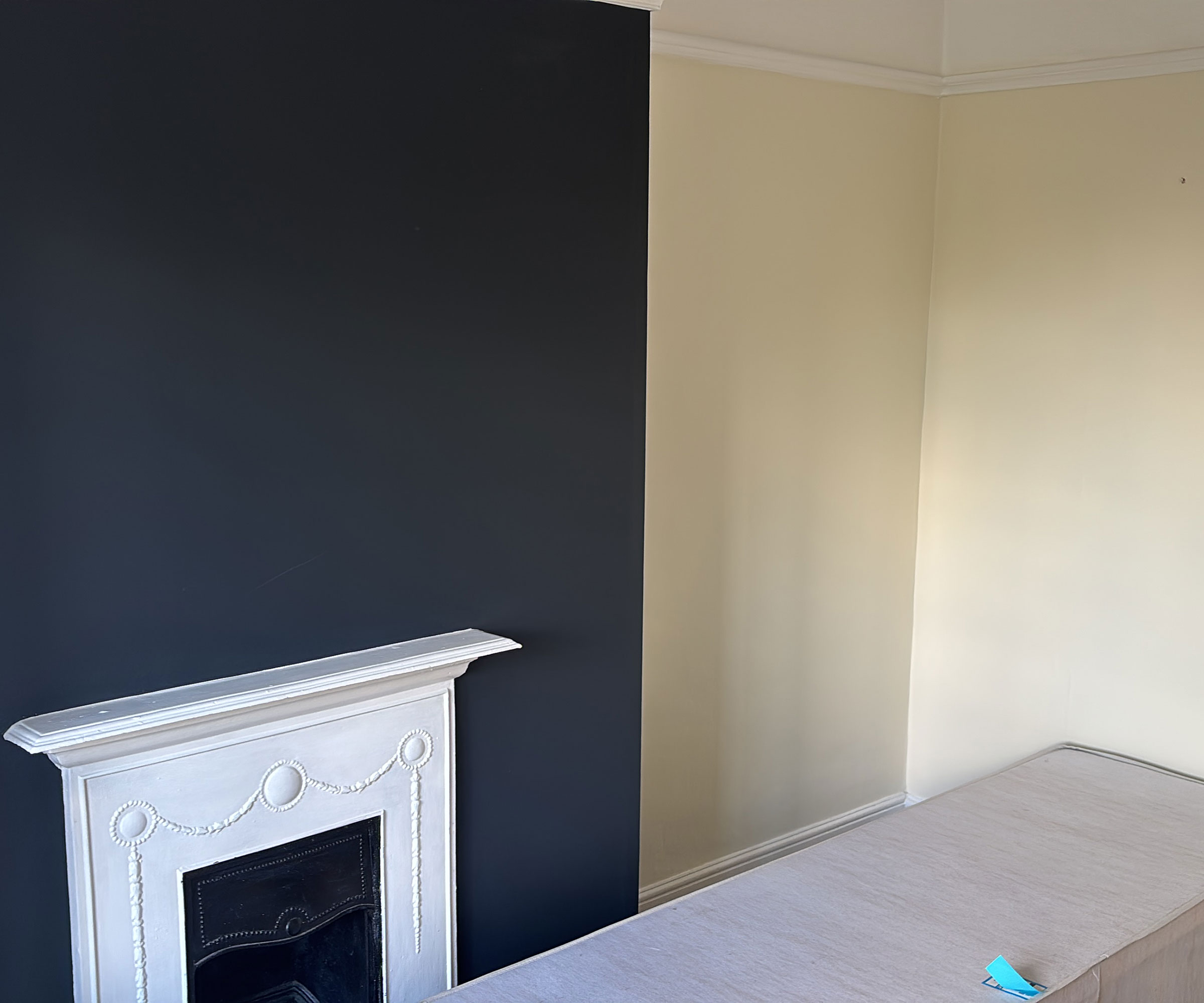
How did the premium and trade compare?
I wish I could tell you that the trade and the premium paint performed just as well, that there was no difference whatsoever – but I can't.
While the colour matching was pretty much spot on, the ease of application, coverage and finish of the trade paint, while good, wasn't up there with the premium. After a single coat of the Farrow & Ball paint I could have probably stopped, while I ended up needing three of the trade, although this was partly due to the need to paint over dark colours to disguise the numerous painted samples on these walls.
The way the premium paint reacts to the light is somehow superior too. The finish is way more matt in a way that is hard to describe – it just looks, well, premium.
"Premium paints offer wall colour with tangible depth, texture, and longevity, ensuring a superior surface finish that’s hard to obtain with cheaper alternatives," agrees Ian Masonbury, a sentiment echoed by Laura Hammett.
"Premium paints create a smoother, more refined surface with minimal visible brush or roller marks, which can completely elevate the look and feel of a room," she explains. "They’re also more durable and washable, making them ideal for busy homes where walls need to stand up to everyday wear without compromising on appearance."
Shop premium paints
The overall conclusion
While, in this instance, I didn't use a retail paint, I have tried to save by using the lowest cost white paint I could find in the past – and paid the price. Had I looked into the best kitchen paint, I wouldn't constantly be repainting patches around the space or trying to avoid looking at the patchy ceilings.
While I am happy with the finish of the trade paint, when it came to the ease of application, coverage and depth of colour, as well as texture, it definitely didn't stand up to the premium.
"Ultimately, opt for premium paints where unparalleled colour and finish are the priority," advises Helen Shaw. "Choose trade paints for time-sensitive projects and high-traffic areas where you require maximum durability and efficiency"
"Although budget paints offer immediate cost savings at the point of purchase, they are often formulated using inferior quality ingredients, including reduced pigment load,' adds Ian Masonbury. 'This means they usually require several coats for full coverage and deliver a substandard final finish that wears and scuffs more easily, often fading in sunlight. The requirement to repaint is much more likely when using a cheaper budget paint."
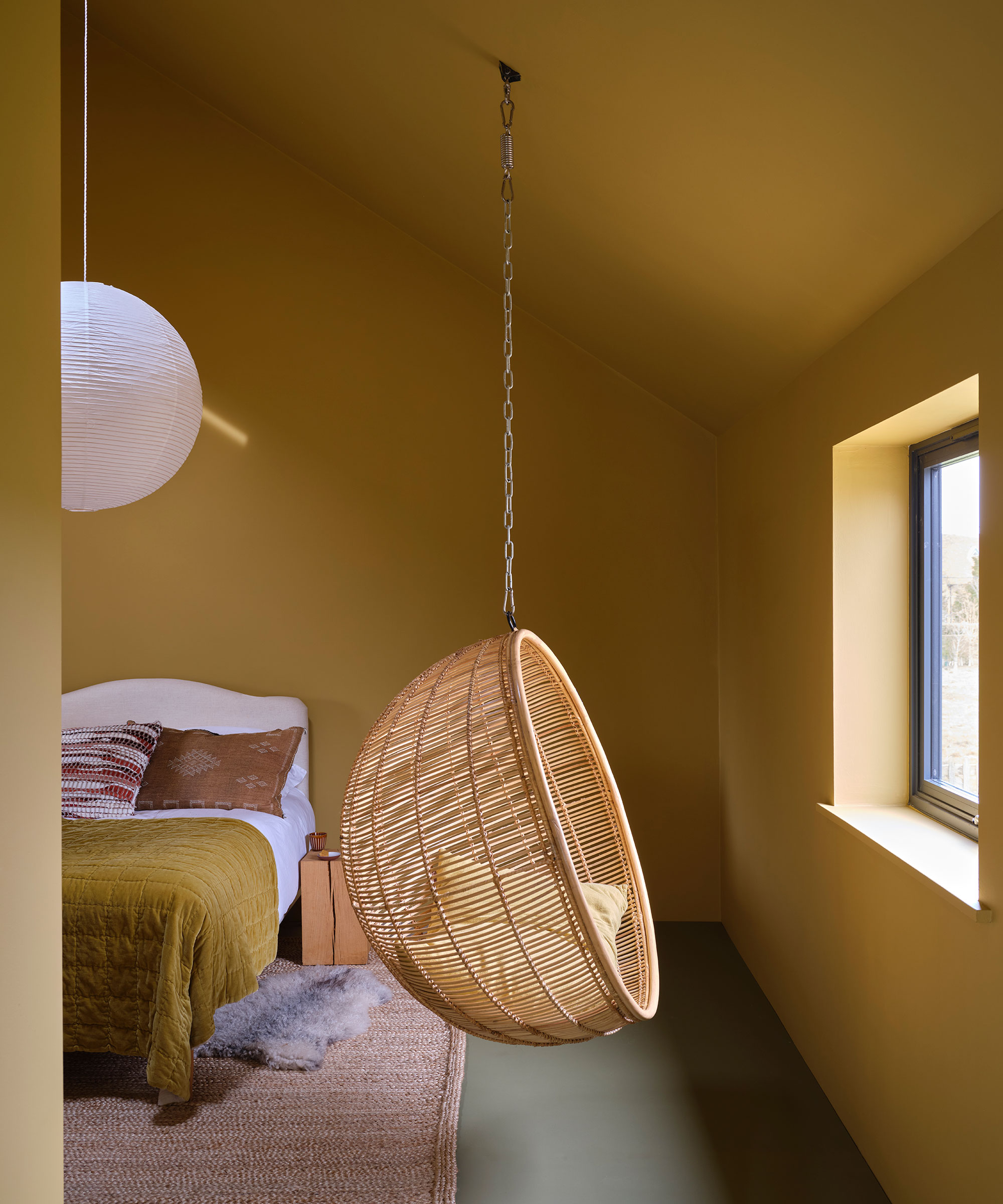
FAQs
Which is the most eco-friendly paint?
As I was painting my daughter's bedroom, I was keen that the paint I was using wasn't full of nasties. It isn't only premium paints these days that are using low-VOC formulations, although you do want to check what your chosen paint contains and when it comes to oil vs water-based paints, water is definitely the better choice.
"Many premium brands now focus on natural or low-VOC formulations that improve indoor air quality and minimise wider environmental impact," explains Ian Masonbury. "Depending on the specific formulation, natural mineral paints present much lower levels of embodied carbon, while true limewash is scientifically proven to absorb CO₂ as its cures – a benefit only realised when the formulation and application are done correctly. When chosen carefully, using a higher-quality paint for the home can support sustainable goals, delivering long-term performance in tandem with luxury aesthetics."
Natasha was Homebuilding & Renovating’s Associate Content Editor and was a member of the Homebuilding team for over two decades. In her role on Homebuilding & Renovating she imparted her knowledge on a wide range of renovation topics, from window condensation to renovating bathrooms, to removing walls and adding an extension. She continues to write for Homebuilding on these topics, and more. An experienced journalist and renovation expert, she also writes for a number of other homes titles, including Homes & Gardens and Ideal Homes. Over the years Natasha has renovated and carried out a side extension to a Victorian terrace. She is currently living in the rural Edwardian cottage she renovated and extended on a largely DIY basis, living on site for the duration of the project.
